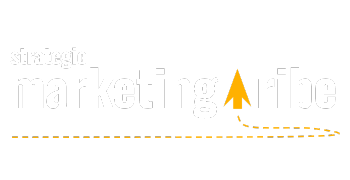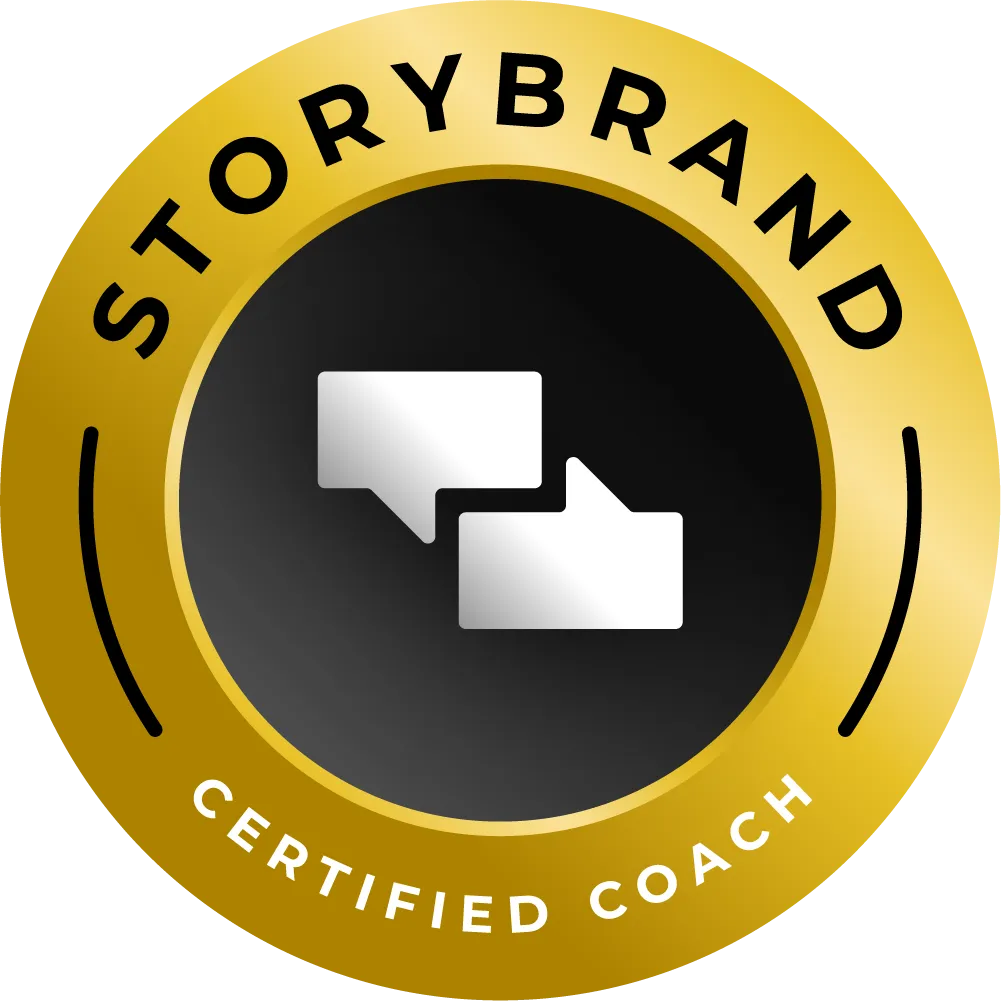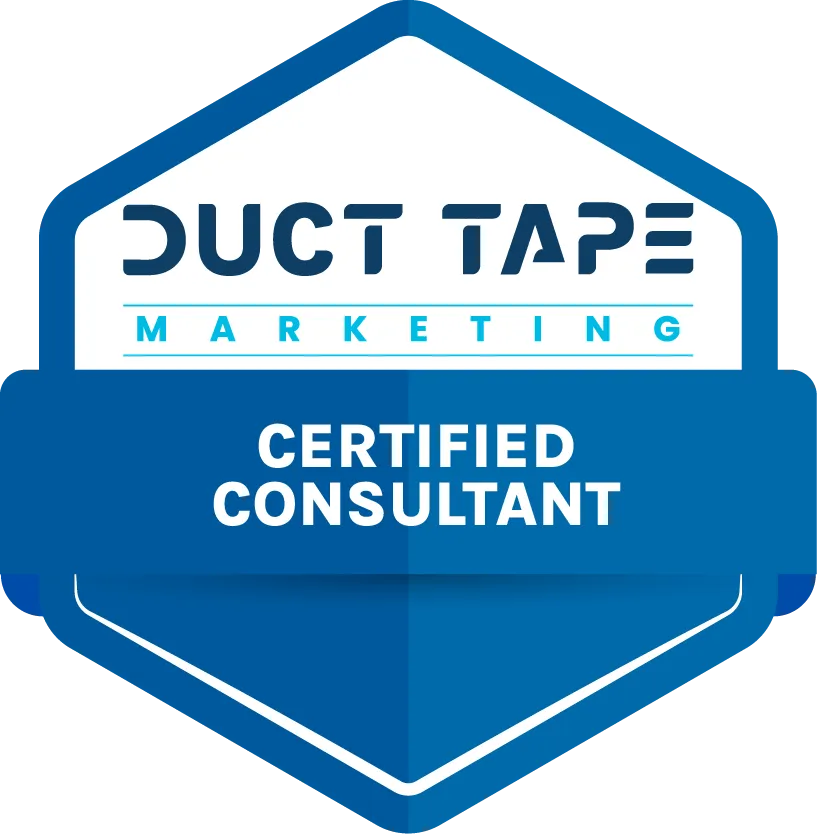STORY, MEET STRATEGY
Let’s make marketing feel less robotic and more real.
Find resources that bring your message—and your business—to life.

5 Core Elements of Effective Branding Every Small Business Needs
By Vicky Sidler | Published 14 November 2025 at 12:00 GMT+2
Ever felt like your marketing is a polite shrug no one notices?
You’re not alone. Most small business brands feel like they were assembled from a PowerPoint template and a vague sense of “professionalism.” But branding isn’t just a logo or your favorite shade of navy. It’s the set of signals that tells people who you are, what you do, and why they should care—all before they read a single sentence.
And if your brand is confusing or forgettable, people won’t dig for clarity. They’ll move on.
I’m Vicky Sidler, a StoryBrand Certified Guide and Duct Tape Marketing strategist, and according to basically every client I’ve worked with (and every frustrated business owner who’s ever emailed me at 2 AM), branding feels mysterious. Like it’s a luxury for big companies or design nerds.
It’s not. Branding is just communication. Done well, it makes your business look, sound, and feel like someone worth trusting.
Let’s break it down.
TL;DR:
Branding is more than a logo or colour scheme
There are 5 core elements that matter most
Get these right and your marketing will start working harder
Get them wrong and you’ll keep explaining what you do—over and over
👉 Need help getting your message right? Download the 5-Minute Marketing Fix
Table of Contents:
5 Core Elements of Effective Branding Every Small Business Needs
1. The Complete Guide to Strategic Marketing
2. Learn How to Build a Customer-Aligned Brand Identity That Attracts Loyalty
5. Marketing Hourglass Explained: A Smarter Way to Grow Your Small Business
FAQs on Small Business Branding
1. What is the difference between branding and a logo?
2. Why is a one-liner so important for my brand?
3. How do I choose a tone of voice for my brand?
4. Do I really need brand guidelines as a small business?
5. What if I don’t have a dramatic founder story?
6. How do I know if my branding is working?
7. Where should I use my one-liner?
8. How do I get started if branding still feels overwhelming?
1. Your One-Liner:
This is your brand’s opening line. It’s what you say when someone asks, “So what do you do?” without the awkward pause and existential dread.
A good one-liner:
States the problem your customer faces
Explains what you do to solve it
Describes the happy outcome
Example: “We help small business owners stop wasting money on marketing that doesn’t work by clarifying their message and building simple systems that actually generate leads.”
This isn’t a tagline. It’s your clarity tool. You’ll use it in emails, pitches, bios, your website—everywhere.
2. Your Visual Identity:
Yes, this includes your logo. But also:
Fonts
Colours
Layouts
Photography style
If your website looks like it was made during the Nokia era, people assume your business runs the same way. You don’t need to win design awards. You do need consistency. Pick a look and stick to it.
If you're not sure how to do this, spend 10 minutes on Canva. Choose one font, two brand colours, and stick to images that actually reflect your customers.
That’s it. Fancy branding guidelines optional.
3. Your Tone of Voice:
If your brand were a person, how would it talk?
Calm and confident?
Friendly and fun?
Straight-shooting and blunt?
Most small businesses switch tones without realizing. Their website sounds formal. Emails sound casual. Social posts sound like a bot with a motivational quote addiction.
Pick a tone that reflects your personality and stick with it. You’ll sound more real—and more trustworthy.
I always tell clients: if your content sounds like standard ChatGPT, it’s probably not working.
4. Your Core Message:
This is the heart of your brand. It’s the main idea you want people to walk away with.
“We help busy parents feed their families healthy meals without spending hours in the kitchen.”
“We help accountants stop relying on referrals by turning their website into a sales engine.”
This message should appear on your homepage, your about page, and anywhere else you’re trying to convert interest into action. It’s the glue that holds everything together.
5. Your Story:
Not your origin story. Not a novel. Just a few lines that show people why you do what you do—and why it matters.
People buy from people. And people trust brands with a story.
So if your journey started because you were tired of working 60-hour weeks for someone else, say that. If you saw a gap in your industry and decided to fix it, say that too.
You don’t need drama. You need honesty.
So What’s Next?
If you’re tired of explaining your business like it’s a riddle and watching your leads ghost you before the second click, it’s time to fix your foundation.
Start with your one-liner. It’s the simplest way to test whether your brand makes sense to actual humans.
And if that feels overwhelming? I’ve got a shortcut.
Get my 5-Minute Marketing Fix. It’s free, fast, and gives you the one sentence you’ll use everywhere. Yes, even in your bio.
Let your brand start doing the talking—so you don’t have to keep repeating yourself.
Related Articles:
1. The Complete Guide to Strategic Marketing
If your branding is now solid, this guide shows you how to link it to a full marketing strategy. Learn how to align your message, visuals, and customer journey for real growth.
2. Learn How to Build a Customer-Aligned Brand Identity That Attracts Loyalty
Now that you understand what makes a brand work, this post dives into making sure your brand actually speaks to the people you serve.
3. Learn a Simple, Free Way to Identify Your Unique Selling Proposition Using Customer Feedback and Proven Frameworks
Branding without a clear USP is like baking without salt. This guide helps you uncover what truly sets you apart—straight from the mouths of your customers.
4. Tired of Explaining What You Do? Here’s How a StoryBrand Certified Guide Helps Small Businesses Fix Their Message and Get More Leads
Still fumbling through your elevator pitch? This article shows how the StoryBrand method helps small businesses clarify their message and attract better leads.
5. Marketing Hourglass Explained: A Smarter Way to Grow Your Small Business
Once your brand is clear, this framework helps turn strangers into superfans. Learn how trust and timing can make your marketing work harder.
FAQs on Small Business Branding
1. What is the difference between branding and a logo?
Your logo is part of your brand, but it’s not the whole picture. Branding is how your business looks, sounds, and feels to your customers. It includes your message, tone, visuals, and story. A logo alone won’t build trust, but a full brand identity can.
2. Why is a one-liner so important for my brand?
Because most people won’t read your whole website. A one-liner gives them the gist of your business in seconds. It tells them what problem you solve, how you help, and what success looks like. It’s the clearest way to explain your value.
3. How do I choose a tone of voice for my brand?
Think about how you naturally speak to your customers. Are you warm? Direct? Professional with a wink? Your tone should reflect your personality and stay consistent across your website, emails, and social posts.
4. Do I really need brand guidelines as a small business?
You don’t need a 40-page document, but you do need some rules. Choose fonts, colours, and a photo style—and stick to them. Consistency builds trust. Inconsistency confuses people.
5. What if I don’t have a dramatic founder story?
You don’t need drama. Just be real. Why did you start your business? What problem were you trying to solve? That’s your story. It shows you’re human—and humans buy from humans.
6. How do I know if my branding is working?
If people understand what you do quickly, remember you later, and trust you enough to take the next step—your branding is working. If they keep asking, “So what exactly do you do?” it might be time for a refresh.
7. Where should I use my one-liner?
Everywhere. On your homepage, in your bio, on LinkedIn, in your pitch deck, in your emails. It’s not just a headline—it’s the anchor for all your messaging.
8. How do I get started if branding still feels overwhelming?
Start with your one-liner. It’s the fastest way to bring clarity. From there, update your visuals and messaging for consistency. Or grab the shortcut I recommend to clients:
👉Download the 5-Minute Marketing Fix for a free tool to get your message clear, fast.
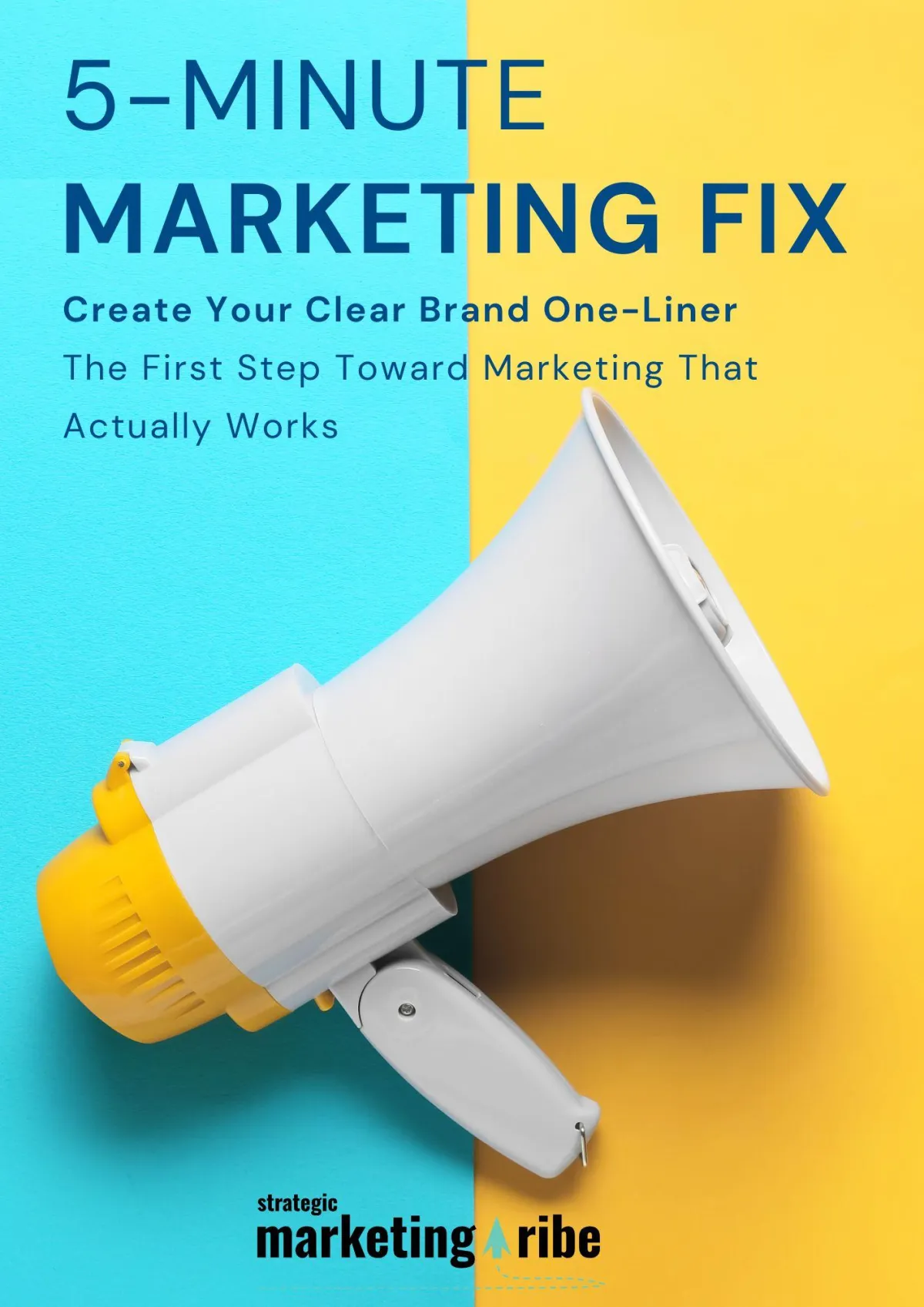
Created with clarity (and coffee)

